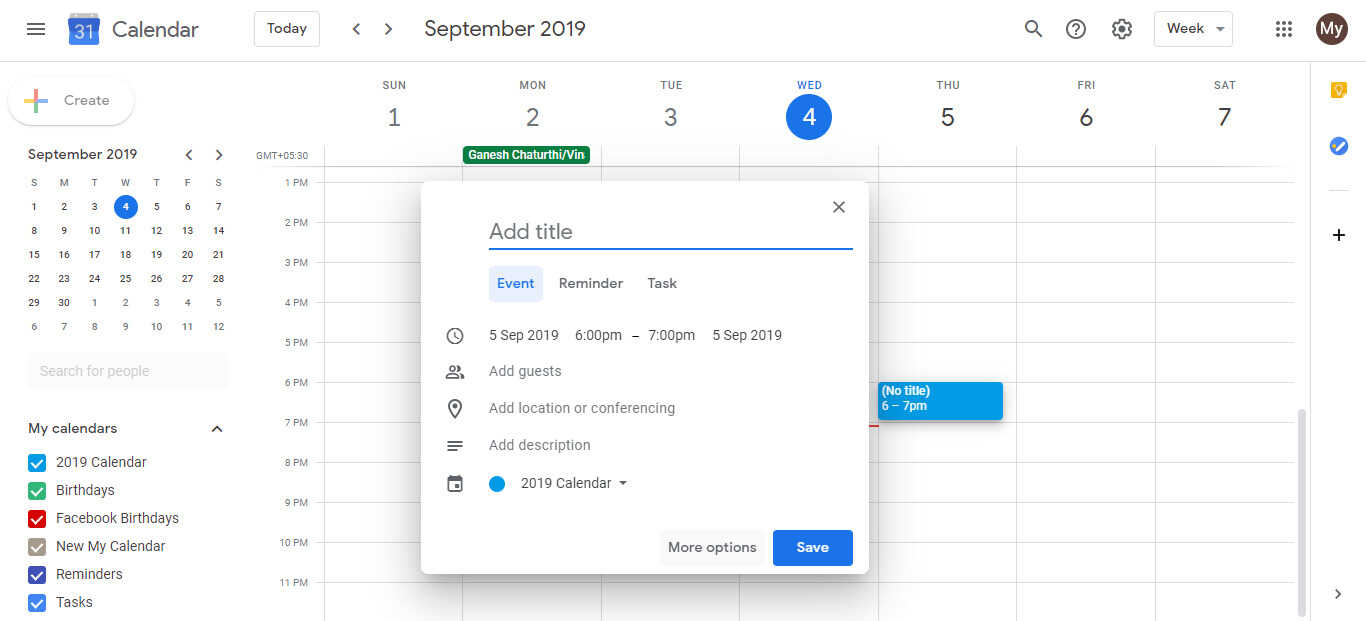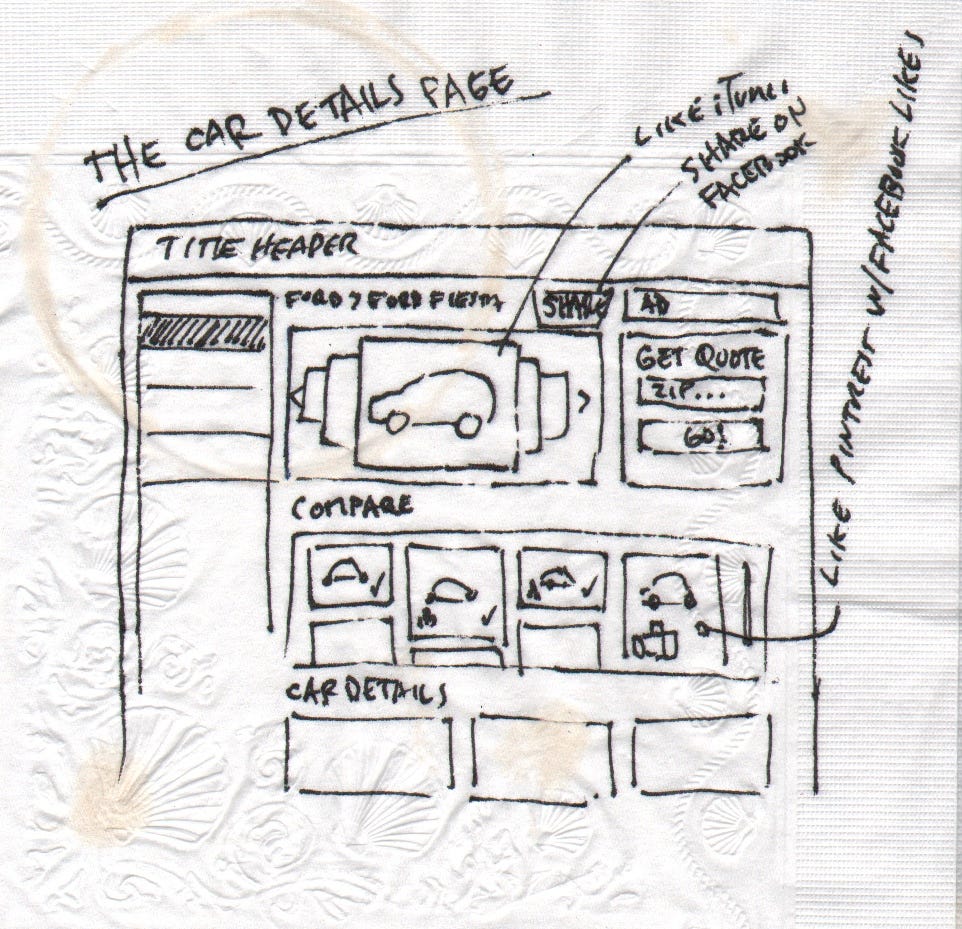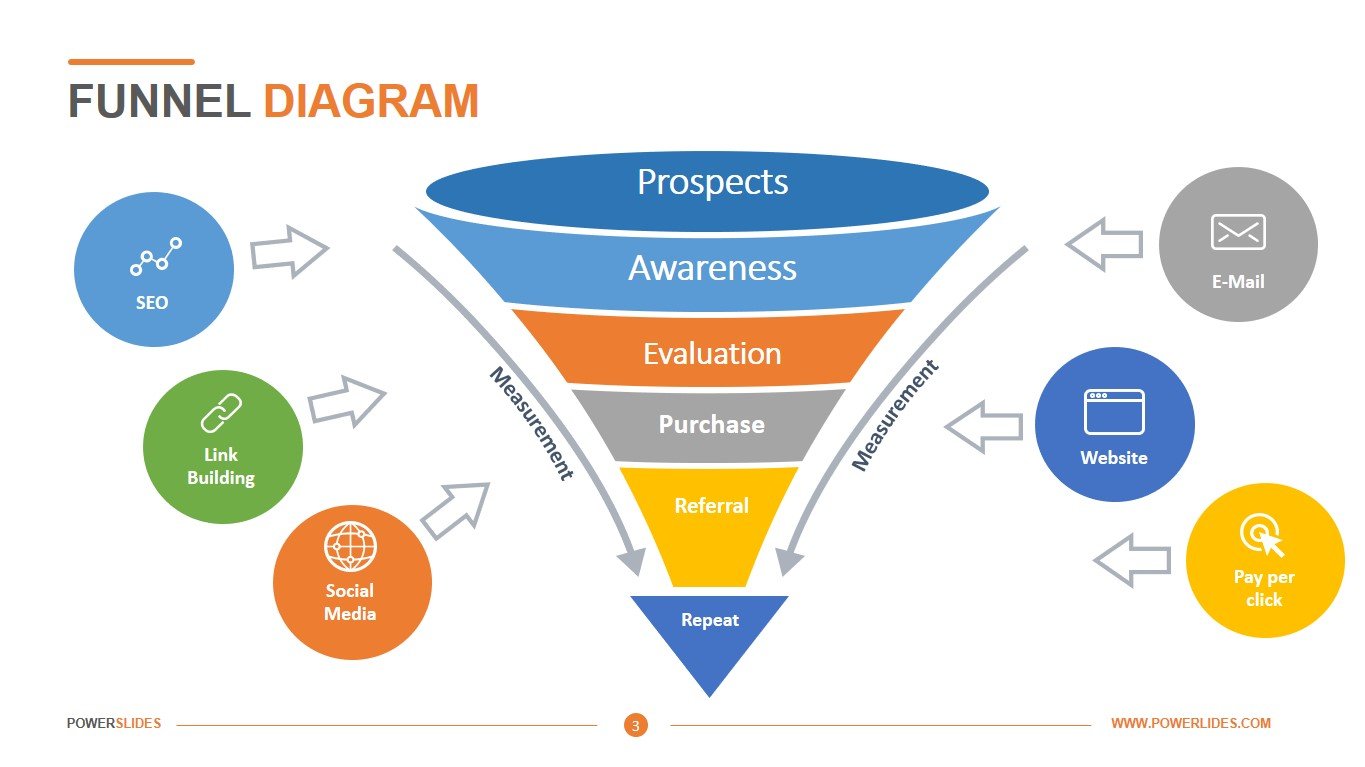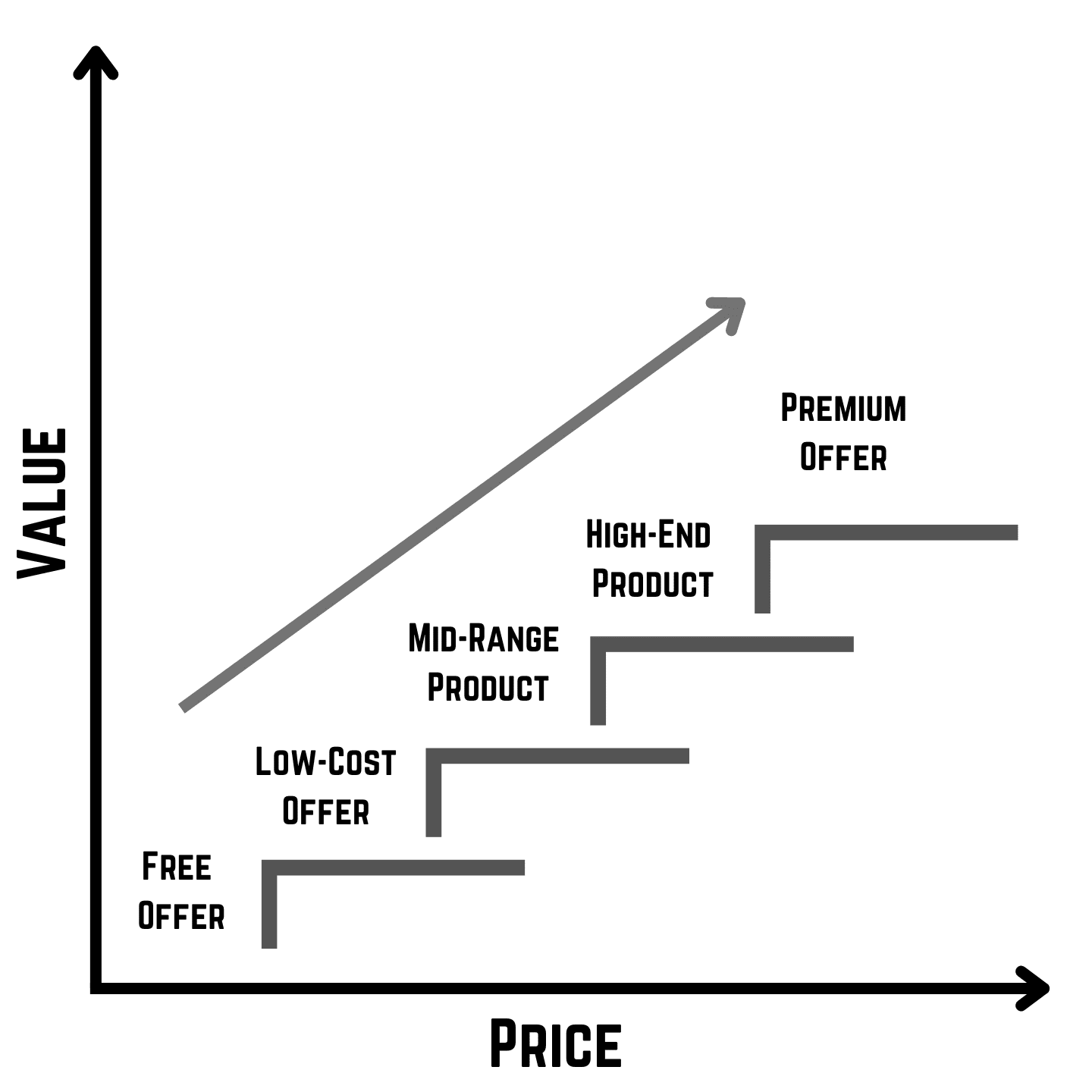I still remember the Friday afternoon my Stripe dashboard first showed a line that read “+$29.00 — Monthly – Coffee Roast Guide”. Twenty-nine bucks felt tiny compared to the mortgage, but the word Monthly hit me like a jolt of espresso. Someone in New Zealand had just renewed a subscription I’d built during coffee breaks at my day job. That was the day “hobby” turned into “business”, and the pivot was simpler than I expected: I packaged what I already knew into a digital asset that solved a repeating problem and then wrapped it in a pricing model that asked people to stick around.
This story is not rare anymore. From the designer earning $8 k/mo on a Notion workspace bundle to the ex-marketing exec who retired after her cohort-based course crossed six figures in annual recurring revenue (ARR), the playbook keeps showing up in Slack threads, Twitter fleets, and LinkedIn carousels. The patterns, however, are consistent, and they apply whether you’re freelancing between client calls, investing seed capital into a lean startup, or quietly grinding on a side hustle while corporate emails pile up.
Below is the map I wish I’d taped to my wall on day one: how to create a digital good people will happily pay for again and again, and how to sell it without burning ad budgets or sounding like a late-night infomercial.
1. Start With a Pain That Returns

Subscription fatigue is real—yet people keep re-subscribing when the pain they feel is cyclical.
A freelance motion designer friend used to invoice clients, wait 60 days, and then chase late payments. Every single project. She turned that frustration into a $19/mo Figma + Loom template pack that generates polished pitch decks in 20 minutes; the pain of late-paying clients is a monthly dragon she helps others slay.
Exercise: open your note-taking app and list ten frustrations you’ve encountered more than once this year. Don’t filter for “digital” yet. Circle the ones that make you mutter, “Ugh, not again.” Those are recurring pains, and where pain repeats, wallets open.
2. Choose a Format That Scales Without You
Digital goods come in many flavors; only some lend themselves to subscriptions. A quick matrix:
| Format | One-Time Fee Friendly | Recurring Friendly |
|---|---|---|
| E-book | ✅ | ❌ |
| Notion dashboard | ✅ | ✅ if updated monthly |
| Video course | ✅ | ✅ if dripped or live |
| SaaS micro-tool | ❌ (requires infra) | ✅ |
| Private podcast | ❌ | ✅ |
| Templates & swipe files | ✅ | ✅ if refreshed |
I started with a PDF roast guide—dead simple—but soon learned customers expected new roasts every season. I upgraded to a private podcast feed that auto-pushes episodes into their players. Same voice, new value every month, zero extra logistics once I hit “publish”.
Key point: pick a container you can refresh without rebuilding from scratch. If you dread updating it, your churn graph will show the story.
3. Pre-Sell Before You Build

In 2020 I tweeted a screenshot of a Trello board titled “30 Cold Email Scripts That Never Fail” and asked, “Would you pay $9/mo for me to ship 2 new scripts weekly?” Seventeen DMs, three Stripe payment links, and one weekend of work later, I had my first cohort—and proof that the pain was real.
The mechanics:
- Craft a painkiller promise in one sentence.
Example: “I’ll keep your client pipeline full with fresh, tested outreach scripts every Friday.” - Post it where your ideal buyer already hangs out: a Slack community, indie-hacker Twitter, LinkedIn group, or Substack thread.
- Collect pre-orders via simple checkout (Gumroad, Lemon Squeezy, or Stripe Payment Links).
If fewer than ten strangers pay, the idea needs sharpening. If payments stack up, congratulations—you’ve funded version one with customer cash, not credit-card debt.
4. Build the Minimum Lovable Version
Forget “MVP”; aim for MLV: the smallest slice customers will love enough to stay. For my coffee subscription that meant:
- A 7-page PDF roast guide (the hook)
- A 5-minute audio walkthrough (the intimacy)
- A private Slack channel for roasting questions (the community glue)
That was it. Later I poured effort into latte-art videos and green-bean sourcing lists, but only after recurring revenue crossed $1 k/mo and justified deeper work.
Rule of thumb: your MLV should take no more than two focused weekends to ship. If it’s longer, scope creep is masquerading as “quality”.
5. Price Like Netflix, Not iTunes

One-time digital products compete on value vs. price. Recurring products compete on perceived momentum. Customers ask, “Will I keep getting better, faster, richer each month?” Your pricing must echo that promise.
Three common models:
- Flat Monthly – simplest to communicate ($19/mo).
- Usage Tiered – scales with customer growth (e.g., $29 for 1 k API calls, $99 for 10 k).
- Founding Member Lock-In – early adopters keep a low rate forever; later joiners pay more. Creates urgency and rewards loyalty.
When I doubled my price from $9 to $19 after 50 customers, every grandfathered member felt like a winner; nobody churned, and new sign-ups kept flowing because the product had more testimonials by then.
6. Stack Distribution Channels
“Build it and they will come” only works in movies. Instead, treat every platform as a spoke feeding the hub (your email list). My repeatable stack:
- Twitter threads summarizing each new roast guide → short, native, viral.
- YouTube 3-minute demo → evergreen SEO for “how to roast Ethiopian beans at home”.
- Guest slot on two coffee podcasts → borrowed trust and backlinks.
- Affiliate army → 30 % lifetime cut for micro-influencers; they sell while I sleep.
- Exit-intent pop-up on the sales page → 4 % list growth/day, feeding the next launch.

The secret sauce is content arbitrage: turn one piece of value (the roast guide) into five formats so every algorithm can snack on it.
7. Automate Onboarding & Retention
The first 30 days decide the lifetime value (LTV). My flow:
- Day 0: Welcome email with a 90-second Loom “tour” of the customer portal.
- Day 3: Quick-win email—“Try this 7-minute trick to spot first crack.”
- Day 7: Slack invite + pinned thread that asks, “Post a photo of your worst roast ever.” (engagement skyrockets).
- Day 14: Survey with one question: “What’s your #1 roasting struggle?” Answers feed the next month’s content.
- Day 30: Anniversary email offering a free bean sample if they stay one more cycle.
Tools? ConvertKit for email, Memberful for gating, Zapier to glue it all together without code.
8. Fight Churn With a Content Flywheel
The enemy of recurring revenue is solved problem—once the customer feels done, they leave. Stay relevant by rotating through the 4R Content Flywheel:
- Refresh – monthly new templates, scripts, or datasets.
- Refine – iterate based on member feedback.
- Reframe – take last month’s lesson and show the advanced angle.
- Ritualize – create habits (e.g., “New Roast Drop every first Monday”).
When churn spiked at month four for my coffee club, I added a live cupping session on Zoom. Attendance was 12 %, but cancellations dropped by half. Humans renew because of people, not pixels.
9. Layer Upsells and Expansion Revenue

After month six, a slice of your base will beg for deeper help. Offer:
- Annual plan at 10× monthly price (two months free) to improve cash flow.
- VIP tier – $99/mo adds a 15-minute one-on-one call each quarter.
- Done-for-you service – I roast and mail beans straight from my garage; 5 % of members convert at $199/mo.
- Affiliate marketplace – if you build a community, charge vendors to run promos inside.
The mistake is launching all of these on day one. Wait until you have at least 100 paying subscribers; only then can you segment demand and price confidently.
10. Build Equity, Not Just Income
Subscriptions compound in two ways:
- Knowledge Equity – every question in Slack becomes a future article, template, or mini-course you own.
- Brand Equity – the longer you serve a micro-niche, the harder it becomes for competitors to dislodge you.
After three years my tiny coffee club spun off a wholesale green-bean brokerage that now dwarfs the subscription revenue. All because 400 home roasters trusted my taste buds more than Alibaba suppliers. Recurring customers are the ultimate moat.
11. Legal & Financial Hygiene
- Sales tax: US creators selling digital subscriptions must monitor economic nexus laws; tools like Quaderno automate the madness.
- GDPR/CCPA: if you collect EU emails, ditch Google Fonts hot-linking and add a cookie banner—cheap insurance against ugly fines.
- Separate bank account: treat the subscription like a real company from day one; when acquirers knock (and they will), clean books 10× valuation.
12. Exit Pathways

Yes, digital products with MRR sell. Marketplaces like MicroAcquire and Flippa list newsletters, Notion packs, and SaaS micro-tools at multiples from 2× to 5× ARR depending on churn, growth, and owner involvement. In 2023 a 400-member paid newsletter on climate tech sold for $110 k on MicroAcquire. The founder’s total build cost? $27 in Carrd and ConvertKit.
Document SOPs, record Loom hand-offs, and your future self (or buyer) will send you a thank-you postcard.
13. Common Pitfalls & How to Dodge Them
| Pitfall | Symptom | Quick Fix |
|---|---|---|
| Content treadmill burnout | 3 a.m. panic about “what to ship next” | Batch-create quarterly, recycle member Q&A into fresh assets |
| Race-to-zero pricing | Competing on $5/mo | Add scarcity—founding member tiers, limited seats, or personal feedback |
| Feature bloat | Trello board of “wouldn’t it be cool if…” | Publish a public roadmap, vote-based priorities |
| Zombie subscribers | 30 % never log in | Build usage nudges: “Your last roast was 21 days ago—here’s a 3-minute fix” |
| Platform risk | Only selling on Gumroad | Export email list weekly, host files on AWS + backup on Dropbox |
14. A 14-Day Sprint Checklist
Ready to start this month? Pin this timeline above your desk:
- Day 1–2: Pick the recurring pain.
- Day 3: Outline the MLV format and promise.
- Day 4: Craft the pre-sell tweet/thread.
- Day 5–6: Collect at least 10 pre-orders.
- Day 7–10: Build and deliver the first edition.
- Day 11: Set up automated onboarding emails.
- Day 12: Announce publicly after first testimonials roll in.
- Day 13: Pitch two podcasts or newsletters for guest spots.
- Day 14: Review metrics, tweak pricing, and schedule the next batch.
15. Final Reflection
Recurring revenue isn’t a hack; it’s a relationship. Every renewal is a tiny conversation that says, “You’re still solving my problem—keep going.” Treat it with the same respect you’d give a handshake in a brick-and-mortar store, and the compounding will follow.
I still roast beans in my garage on Sundays, but now the machine is paid off, the mortgage is covered, and the Slack channel buzzes with photos from Tokyo, Toronto, and Tel Aviv. Twenty-nine dollars became a movement, and it started with packaging what I already knew into a promise that repeats.
Your expertise is no different. Find the pain that loops, wrap it in a format you can refresh, and invite people to stay awhile. The Stripe notifications might be quiet on launch day, but give it six months of consistent value and one Friday afternoon you too will stare at a tiny green line that quietly changes everything.







